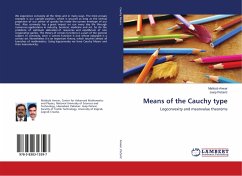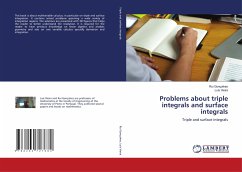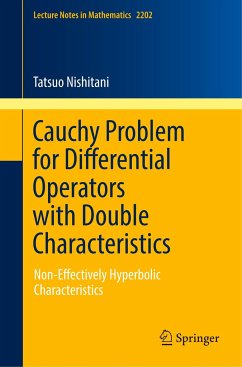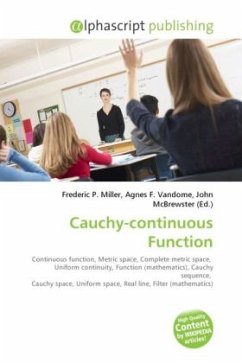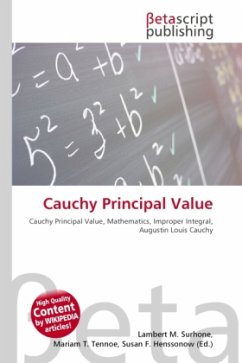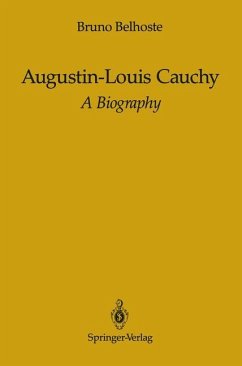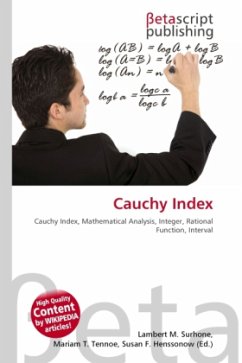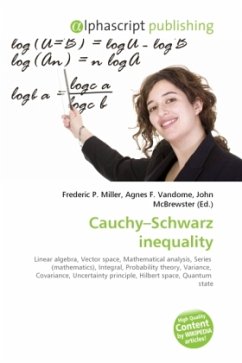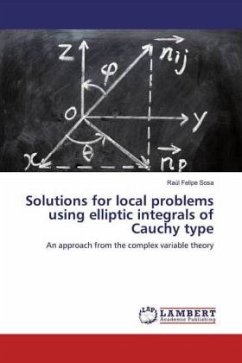
Solutions for local problems using elliptic integrals of Cauchy type
An approach from the complex variable theory
Versandkostenfrei!
Versandfertig in 6-10 Tagen
36,99 €
inkl. MwSt.

PAYBACK Punkte
18 °P sammeln!
This material contains a large part of the doctoral work of the young researcher Raúl Felipe Sosa. In this, the local problems that arise in the Asymptotic Homogenization Method are approached from a novel approach, which allows the study of the elastic macroscopic properties of a fibrous composite. Local problems are plane problems of elasticity that were studied in the first half of the 20th century by G.V. Kolosov and his PhD student N. I. Muskhelishvili. These two mathematicians exploited the potentialities of the complex variable to solve these problems and introduced the so-called Kolos...
This material contains a large part of the doctoral work of the young researcher Raúl Felipe Sosa. In this, the local problems that arise in the Asymptotic Homogenization Method are approached from a novel approach, which allows the study of the elastic macroscopic properties of a fibrous composite. Local problems are plane problems of elasticity that were studied in the first half of the 20th century by G.V. Kolosov and his PhD student N. I. Muskhelishvili. These two mathematicians exploited the potentialities of the complex variable to solve these problems and introduced the so-called Kolosov-Muskhelishvili potentials associated with bi-harmonic functions. In this book, this approach is followed. The local problems have a complex formulation and what used to be a system of partial differential equations becomes a complex boundary problem whose unknowns are the potentials of Kolosov-Muskhelishvili. In this book this approach is used to solve the flat problems for a fibrous composite material where the contact between the matrix and the fiber is imperfect. Given the periodicity of these problems, elliptic integrals of the Cauchy type are used to solve the complex boundary problem.



